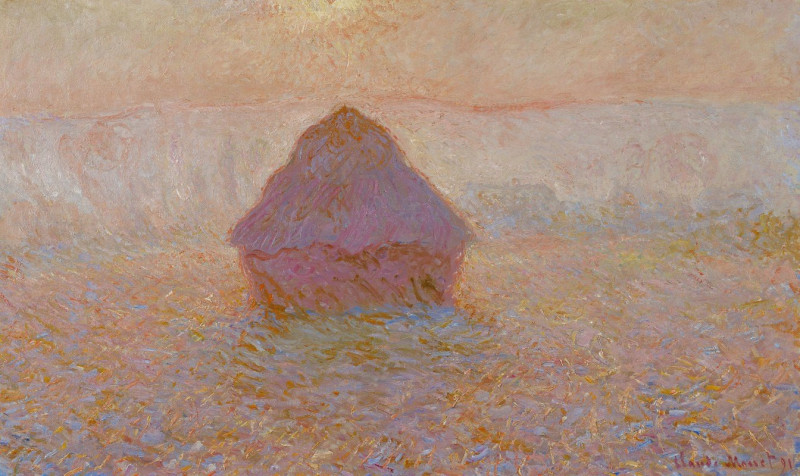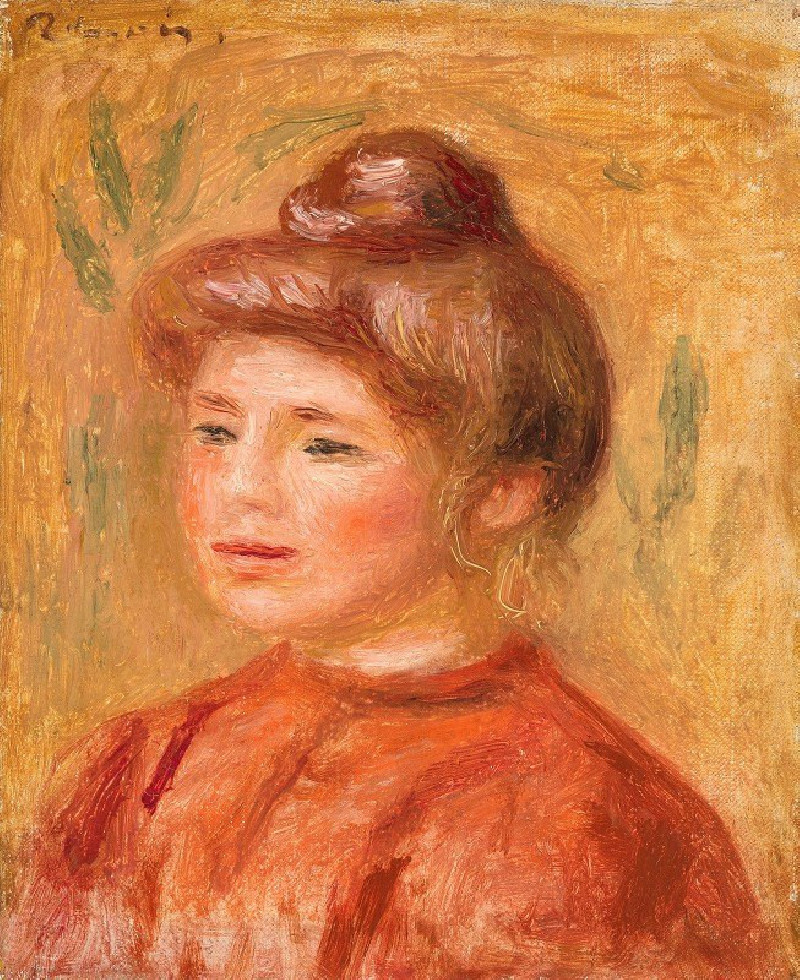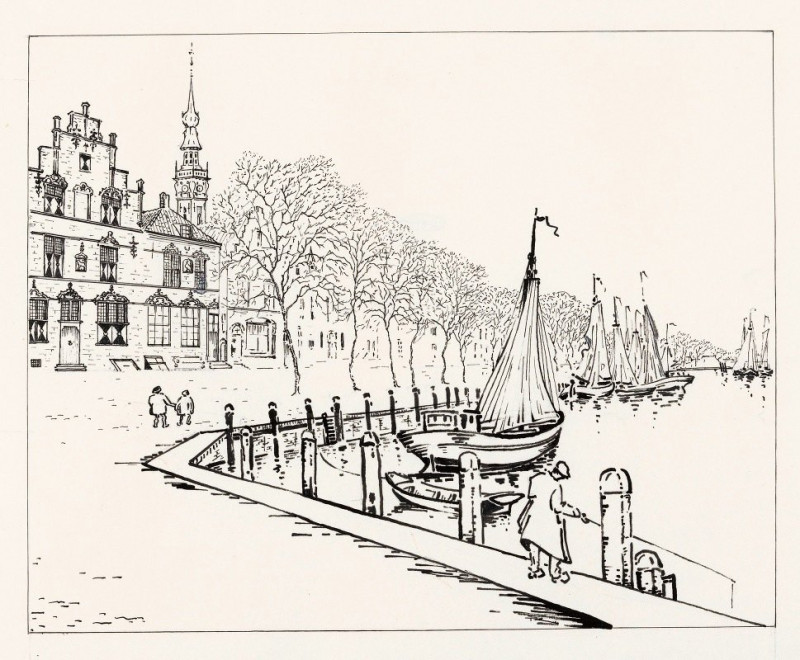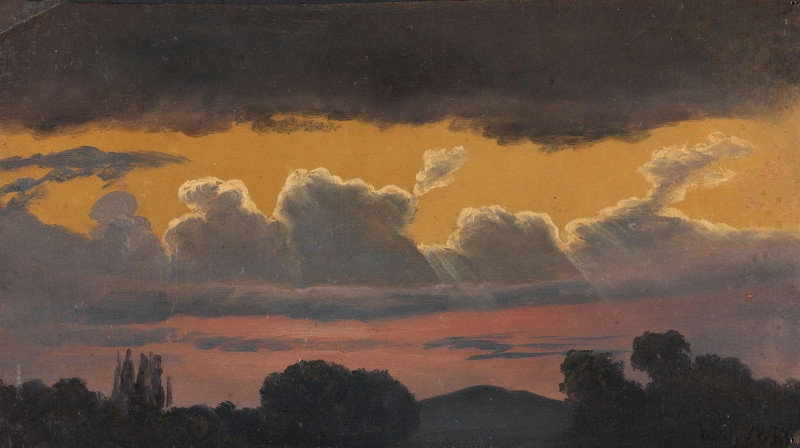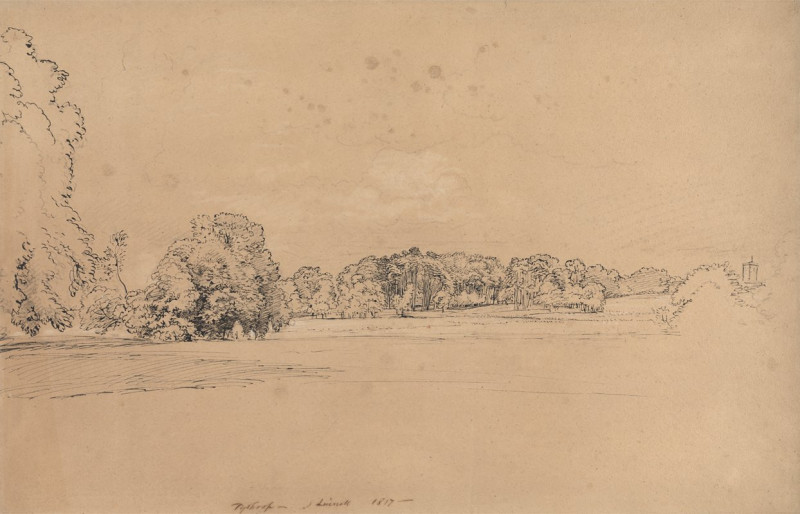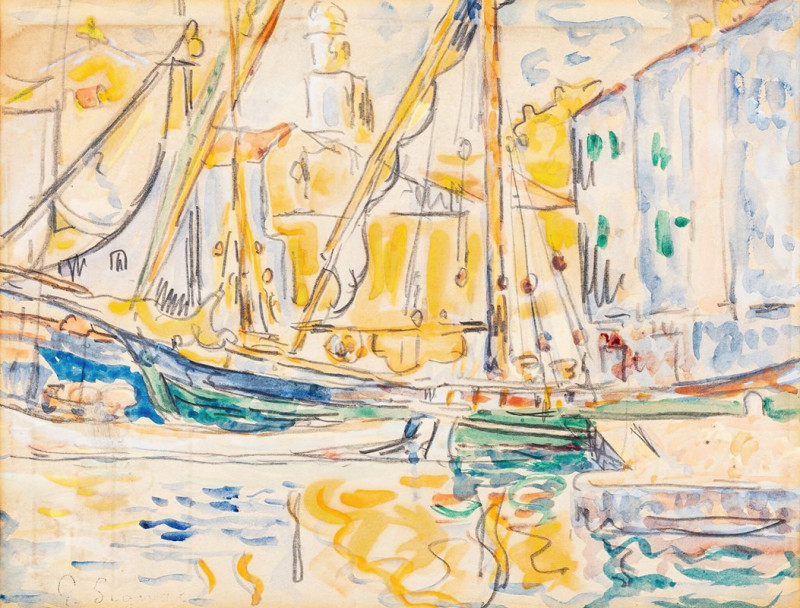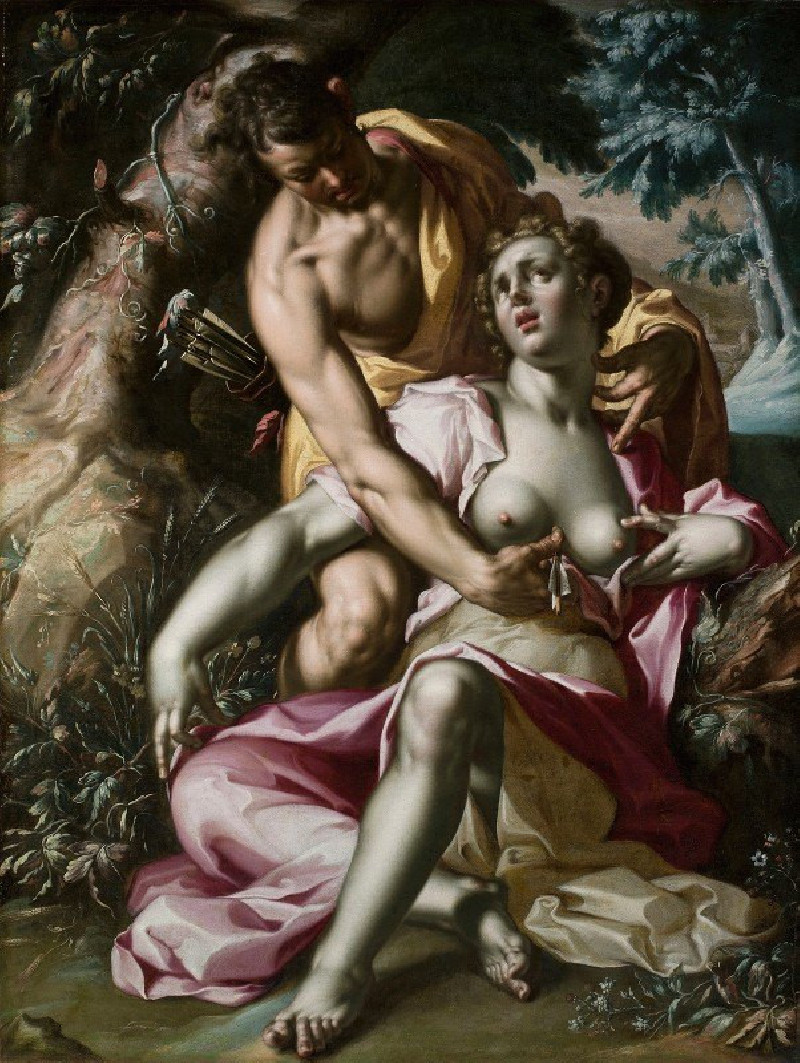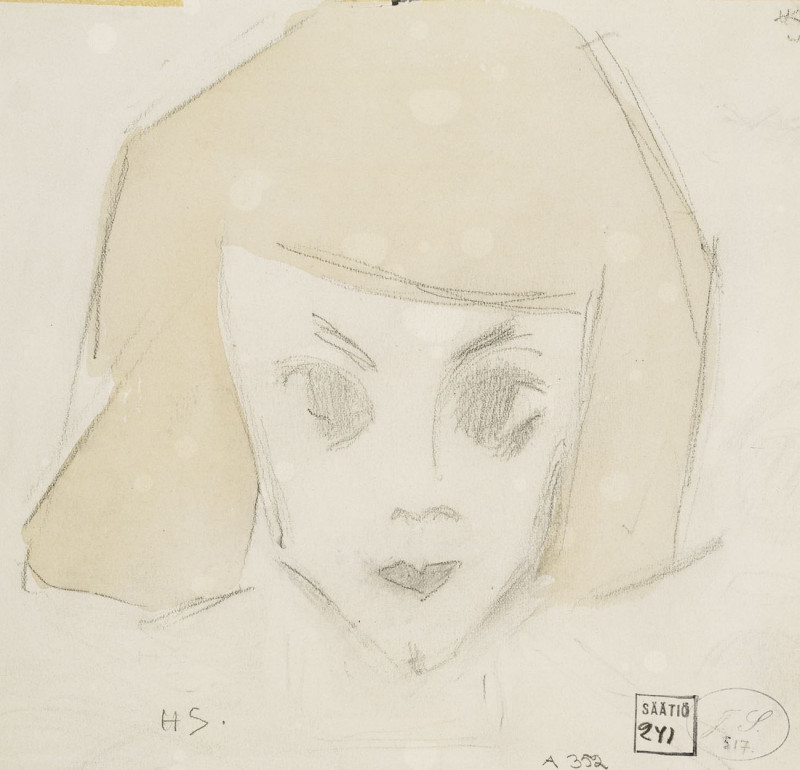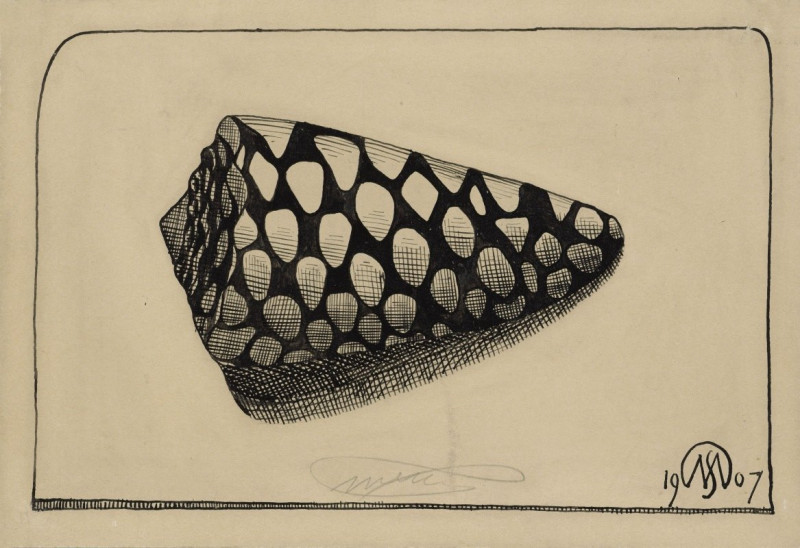The Goose Girl at Montfoucault (White Frost) (1875)
Technique: Giclée quality print
Recommended by our customers
More about this artwork
"The Goose Girl at Montfoucault (White Frost)" by Camille Pissarro is a serene, impressionistic portrayal that carries the viewer into the simplicity and beauty of rural life. Painted in 1875, this creation captures a goose girl herding her flock in the picturesque village of Montfoucault, where Pissarro was inspired by the luminous landscapes and everyday life of the countryside.The painting exquisitely illustrates Pissarro's command over light and atmosphere. The canvas is illuminated with delicate hues of yellow and blue, reflecting the crisp ambiance of a frosty day. A prominent, leafless tree rises in the background, its bare branches a stark contrast against the soft sky, while patches of greens and browns suggest the wintering grass beneath.At the forefront, the goose girl is dressed in traditional attire, her figure gently blending with the muted tones of the landscape. The geese, animated and lively, add a dynamic element to the tranquil scene as they seem to waddle freely around her."The Goose Girl at Montfoucault (White Frost)" is not just a visual delight but also a reflection of Pissarro's fascination with nature and rural life. It highlights the harmonious balance between humans and their natural surroundings, a theme that resonated deeply with the impressionists of his time.
Delivery
Returns
Blessed are they who see beautiful things in humble places where other people see nothing. — Camille Pissarro
Camille Pissarro (1830-1903) was born on St.Thomas (now the US Virgin Islands) to a Portuguese father and a Dominican mother. He went to Paris to study art at Ecole des Beaux-Arts. He was an early pioneer of pointillism and neo-impressionism and later became a mentor of many famous impressionist painters including Cezanne, Manet, Renoir, and Gauguin. His paintings depicted rural and urban French landscapes and lifestyle. Many of his works politically captured images of peasants and laborers. Today, he is considered the father of impressionism.
































